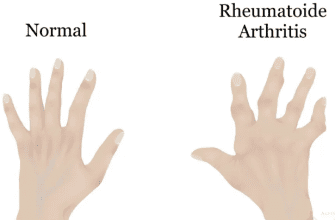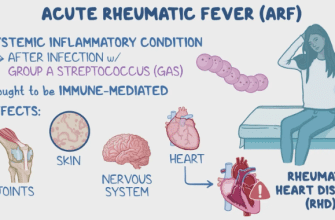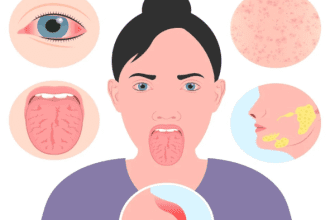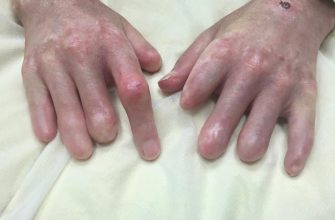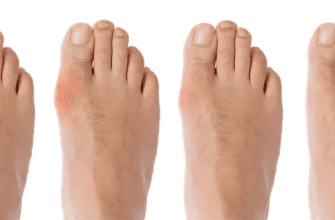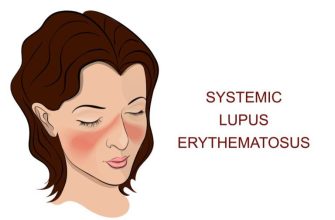Menstrual cycle disorders refer to abnormal variations in the regularity, duration, or flow of menstrual periods. These disorders can affect fertility, quality of life, and overall health.
Causes
Menstrual disorders arise from hormonal imbalances, structural issues, or medical conditions:
- Hormonal imbalances (PCOS, thyroid dysfunction, hyperprolactinemia)
- Structural abnormalities (fibroids, polyps, adenomyosis)
- Chronic conditions (diabetes, obesity, eating disorders)
- Stress, excessive exercise, or low body fat
- Medications (hormonal contraceptives, anticoagulants)
- Premature ovarian insufficiency (POI) or perimenopause
Risk Factors
- Age (teens: irregular cycles; perimenopause: heavy bleeding)
- Obesity or underweight
- Family history (PCOS, endometriosis)
- Extreme physical/emotional stress
- Pelvic infections or surgeries
Symptoms
Symptoms vary by disorder but may include:
✔ Irregular periods (too frequent, too long, or absent)
✔ Heavy bleeding (menorrhagia) (soaking pads hourly, clots >1 inch)
✔ Painful periods (dysmenorrhea) (severe cramps, nausea)
✔ Spotting between periods
✔ No periods (amenorrhea) for 3+ months
Types of Menstrual Disorders
| Disorder | Description |
|---|---|
| Amenorrhea | Absence of periods (primary: no periods by age 15; secondary: stops after previously regular) |
| Oligomenorrhea | Infrequent periods (>35-day cycles) |
| Menorrhagia | Excessive/prolonged bleeding (>7 days, heavy flow) |
| Dysmenorrhea | Severe menstrual cramps (primary: no underlying cause; secondary: due to endometriosis/fibroids) |
| Metrorrhagia | Irregular bleeding between periods |
| Polymenorrhea | Frequent periods (<21-day cycles) |
| Premenstrual Syndrome (PMS)/PMDD | Severe mood swings, bloating before periods |
Diagnosis
- Medical history & symptom review
- Pelvic exam (checks for structural issues)
- Blood tests (hormones: FSH, LH, TSH, prolactin, estrogen, progesterone)
- Ultrasound (fibroids, polyps, PCOS)
- Hysteroscopy/biopsy (if endometrial cancer suspected)
Treatment
1. Hormonal Therapies
- Birth control pills (regulate cycles, reduce bleeding)
- Progestin therapy (IUD, pills, injections for heavy bleeding)
- GnRH agonists (temporarily stop periods in severe cases)
2. Non-Hormonal Medications
- NSAIDs (ibuprofen for pain/heavy bleeding)
- Tranexamic acid (reduces heavy flow)
3. Surgical Options
- Endometrial ablation (destroys lining to reduce bleeding)
- Myomectomy (removes fibroids)
- Hysterectomy (last resort for severe cases)
4. Lifestyle & Alternative Therapies
- Weight management (if PCOS/obesity-related)
- Stress reduction (yoga, meditation)
- Acupuncture/herbal supplements (evidence varies)
Complications
- Infertility (if ovulation is disrupted)
- Anemia (from heavy bleeding)
- Endometrial hyperplasia/cancer (from unopposed estrogen)
- Depression/anxiety (chronic pain or hormonal effects)
Prevention
✔ Maintain a healthy weight
✔ Exercise moderately (avoid extremes)
✔ Manage stress (CBT, relaxation techniques)
✔ Treat underlying conditions (PCOS, thyroid disorders)
Prognosis
- Most disorders are manageable with treatment.
- Hormonal therapies often restore regular cycles.
- Surgical options (e.g., fibroid removal) can resolve symptoms.
- Chronic conditions (PCOS, endometriosis) may require long-term care.
When to See a Doctor?
- Periods absent for 3+ months
- Soaking 1+ pad/hour for several hours
- Severe pain disrupting daily life
- Irregular bleeding after menopause

